As we are in the proximity of a recurring war, the solo exhibition of artist Orit Ishay, Our house is cut out of soft wallpaper, curated by Cristina Stoenescu at the Anca Poterașu Gallery, brings back the indissoluble relationship between photography, memory and trauma to the artistic discourse. The act of memory manifests itself in the exhibition space as “an act of imagination” (Oliver Sacks), through which Orit Ishay transforms the photographic medium from a prosthesis of memory into a poetic imagery. Photography appears here as an art of fragmentation and creator of illusory forms, which approaches the pictorial medium and oscillates between a subjective representation of reality and a conceptual approach to the image.
The selection of photographic and video works in the exhibition draws a parallel between the processual nature of memory and computer image processing in a heterogeneous environment, where data-codes, stored and retrieved, are distorted and reconfigured into new images. The spectrum of photographic montage is used as a strategy for discontinuous manipulation of time and identity recovery by appropriating alienated spaces. The fulcrum, the house (or home), appears as a ghost-image with hybrid features, cut from different social and cultural contexts, which haunts a meeting space between personal and collective memory.
The work of memory is mainly invoked in the series of readymade photographs, entitled Forest of Blindness, based on a series of intraocular slides from the medical album of an ophthalmic surgeon. The pictorial representation of organic tissue brings to the surface what Walter Benjamin signaled in photography as the existence of an “optical unconscious” – an invisible, microscopic world that becomes less and less obscure with the development of imaging technology. The ambiguous character of the image suggests, at the same time, a poetic manipulation of fear and doubt, an inward look, in which the optic nerves outline, through associative thinking, a fictional reality in a liminal space; a mental image that invites us to simultaneously imagine (impossible) things, as in the neon work – I can/ I can’t. The mechanism of seeing (re)presented like a self-referential subject metaphorically appropriates the eyeball to the photographic lens and at the same time opposes the concept of representation with vision. A dark room of a post-traumatic experience immersed in deep memory is amplified by the presence of some coal parcels in the gallery space – the extension of a tense point in Forest of Blindness. The flash effect from within the darkness of the room brings into discussion the recent theories about trauma, according to which the traumatic incident can only be invoked through discontinuous and self-reflexive narrative strategies and which indicate a transitory cognitive process [working through], this being very well exemplified by malleability and digital image processing[1].
The photographic works present in this exhibition essentially illustrate what José van Dijck explains as the concept of mediated memory in Mediated memories in the digital age [2] – when the function of producing, storing and shaping memories is transferred and augmented by digital media.
The fragments of Orit Ishay’s photographs have the value of those “mediators” that link a “personal cultural memory” to a collective memory like the texture of stitches in the series of photographs entitled Goblen. Each stitch-point in the tapestry diagram also represents a pixel in the raster grid – elements of social cohesion in a digital matrix. Floral patterns are superimposed over photo-wallpaper strips in the form of magnified details from a tapestry and represent both a digital image and a pictorial one. Tapestry, the handmade fabric produced electronically, is ushering in what Mitchell calls an “age of electrobricolage”[3] – the digital environment where the non-finite process of image recycling becomes a poetic syntax, and the image – “an electronic painting”. It is precisely this pictorial quality of abstraction that brings the Israeli artist’s photography closer to the pictorial medium – pictorialism, in Barthes’ terms [4] –, when photography becomes painting through composition. The soft wallpaper, referred to in the title of the exhibition, represents that plastic and malleable image of an impression cut from memory.
Orit Ishay’s solo show, Our house is cut out of soft wallpaper, took place at Anca Poterașu gallery in Bucharest during May 12 – June 25 2023.
[1] Lutz Koepnick, ”Photographs and Memories”, in Politics and Aesthetics of Memory, vol. 21, no. 1, 2004, pp. 94-129.
[2] José van Dijck,”Mediated Memories as a Conceptual Tool”, in Mediated memories in the digital age, Standfort University Press, California, 2007.
[3] William T. J. Mitchell, The reconfigured eye: visual truth in the post-photographic era, Massachuetts Institute of Technology, 1992, p. 7.
[4] Roland Barthes, “The Photographic Message,” in Obviu & Obtuz, trans. from the French language with notes by Bogdan Ghiu, Cluj-Napoca: Tact, 2015.
POSTED BY
Anastasia Palii
Anastasia Palii (b. 1993) graduated from the Faculty of Fine Arts and Design at the Pedagogical University of Chișinău. She followed an interdisciplinary master's program at the Center for Excellenc...
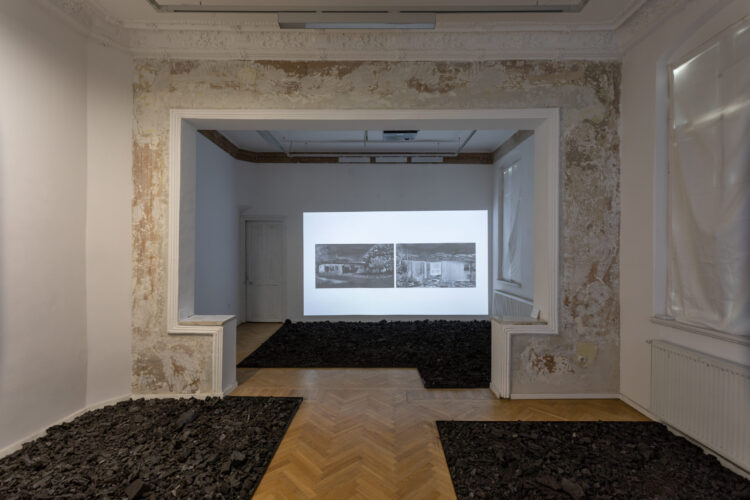
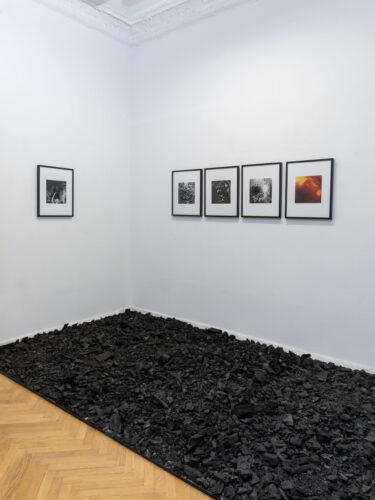
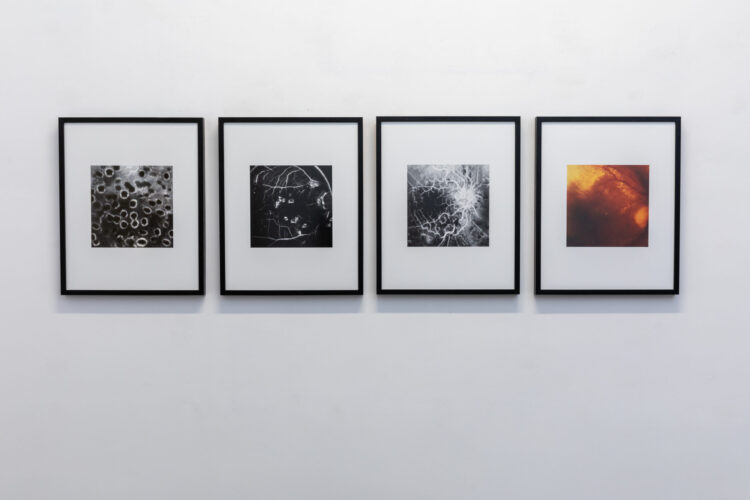
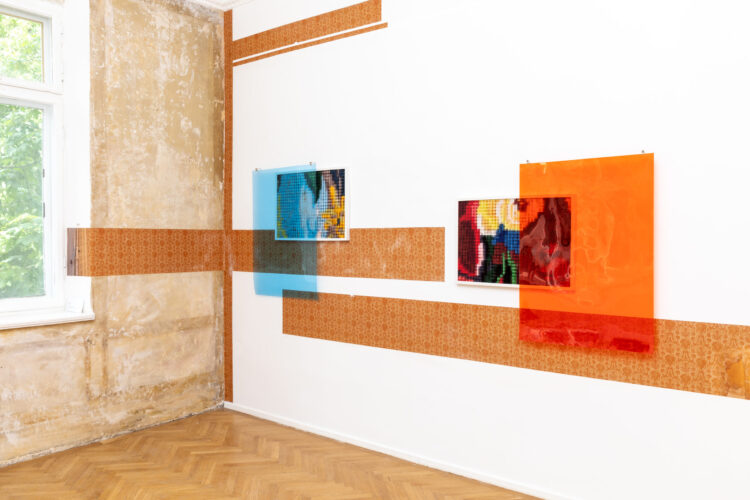
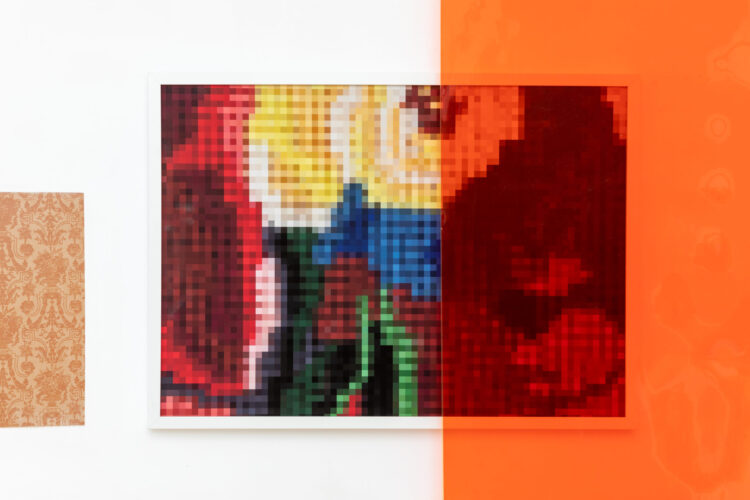
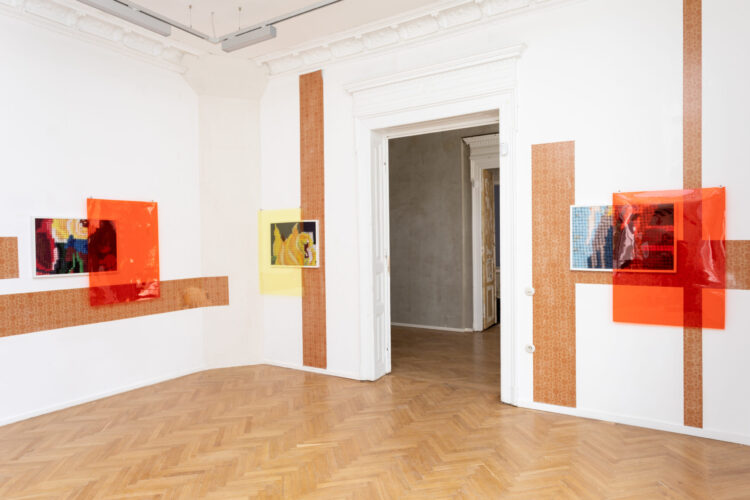
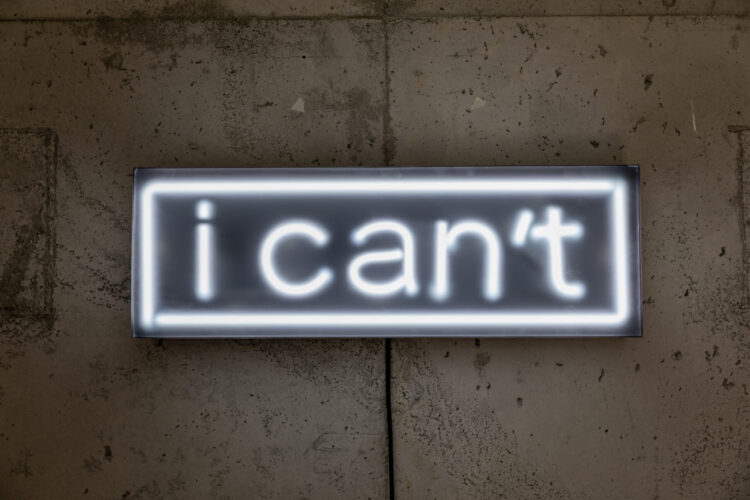
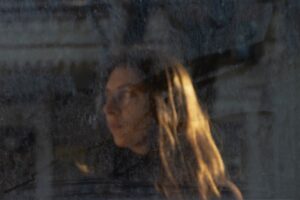
Comments are closed here.